8 trees to prune in January – plus advice from an experienced gardener on how to trim
Many popular deciduous trees are among the best to prune this month
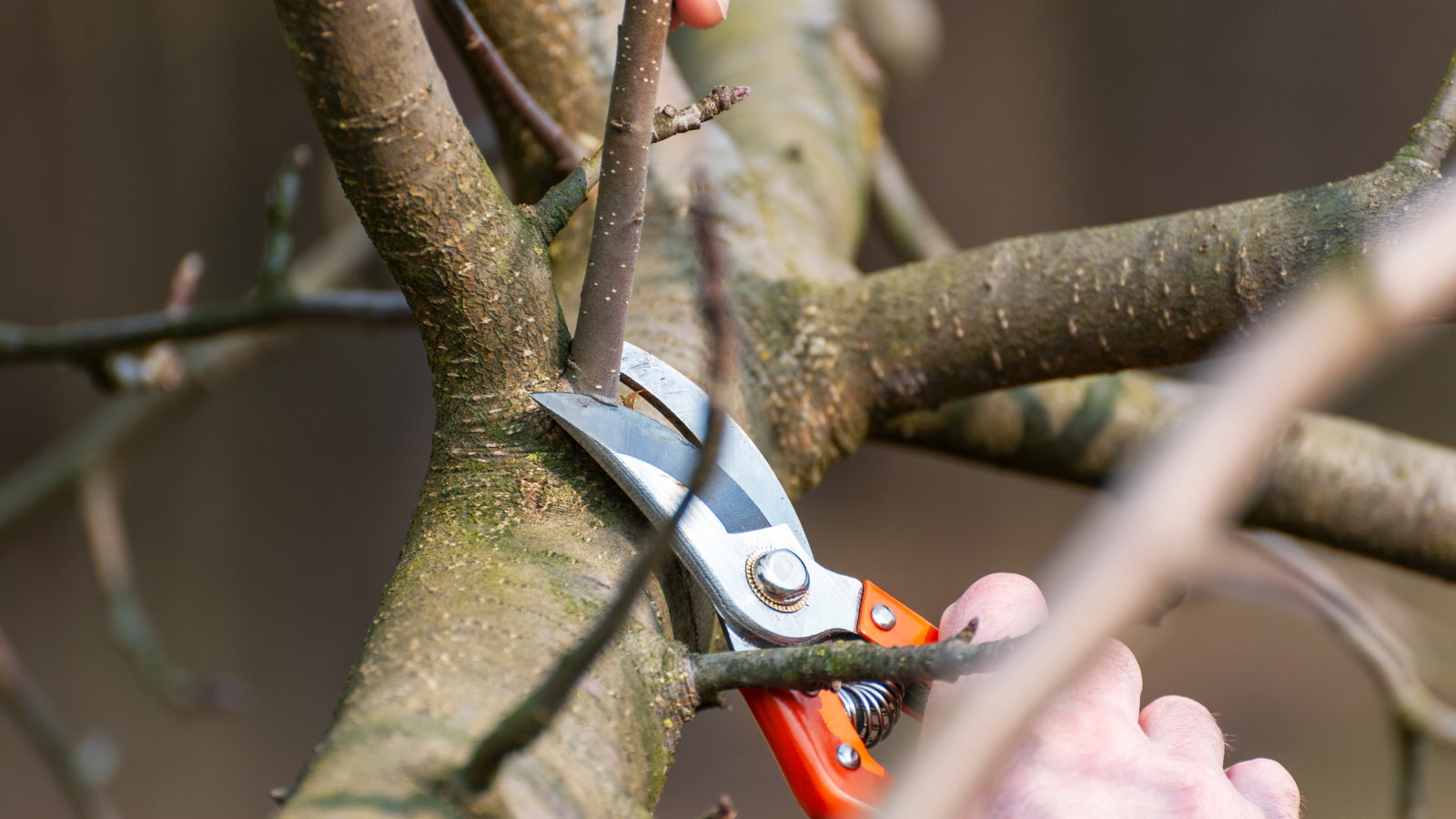

Trees benefit from pruning during winter for several reasons. Giving them an annual trim helps to maintain and control their shape and size, improves the light and air circulation through the canopy, and encourages healthy growth come spring.
January can be an ideal time to prune deciduous trees. They lose their leaves when entering dormancy in late fall or early winter and this can benefit the pruning process. It means you can get a full picture of the tree to make decisions on the shape, and it is easier to identify dead, damaged, and diseased wood to remove.
Beware, however, that not all trees should be pruned in January. While there are lots of ornamental and fruit trees that benefit from winter trimming, not all of them will and you can actually harm some by pruning at this time of the year. For example, winter is not the time to prune evergreen trees or prune peach trees, along with other stone fruits such as nectarines or plum trees.
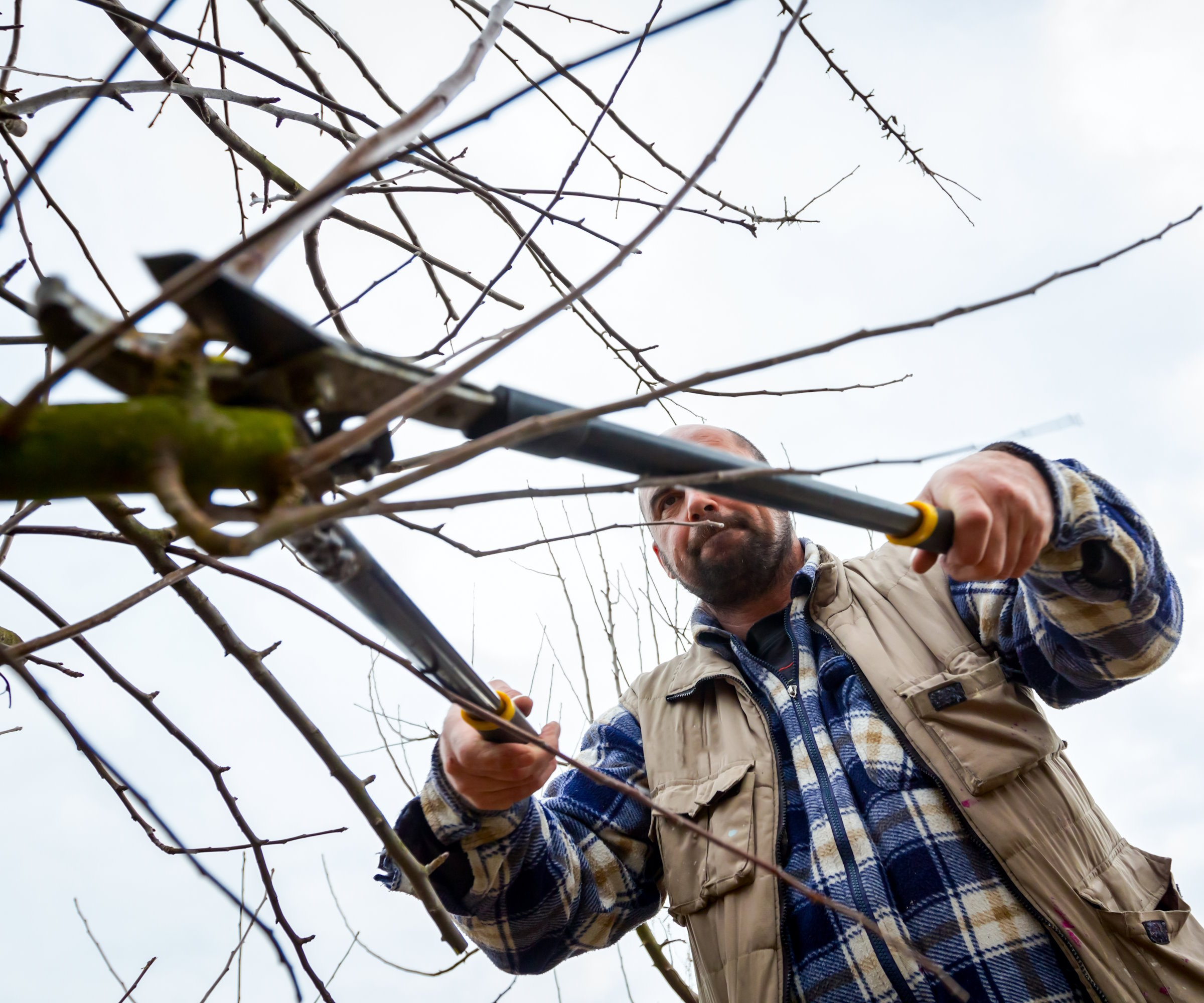
A good pair of loppers are an ideal tool for tree pruning
The tools required to prune trees in January
It should only require some common and simple garden tools to prune any ornamental or fruit trees this month. This will include a pair of pruning shears, loppers, and a pruning saw for larger branches.
Always use the right tool for the correct sized branches to avoid making a pruning mistake and causing unnecessary damage to the tree. And make sure any tools are clean and sharp before heading out to prune.
If your tree is very large or requires big-scale pruning, then it is recommended to get professional tree surgeons to take on the task. With that all covered, let’s take a look at eight trees you may have as part of your backyard ideas, which may benefit from a prune this month.
Shop tree pruning tools
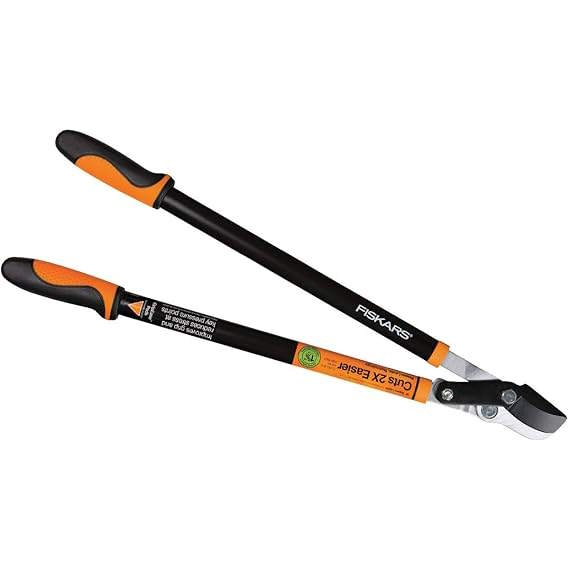
An ideal pair of loppers for tree pruning tasks, Fiskars Power-Level Garden Bypass Lopper can cut through branches up to 1.75" thick. The hardened stainless steel blades have a non-stick coating to make smooth and clean cuts, while the power-lever technology multiplies your leverage to make cutting two times easier.
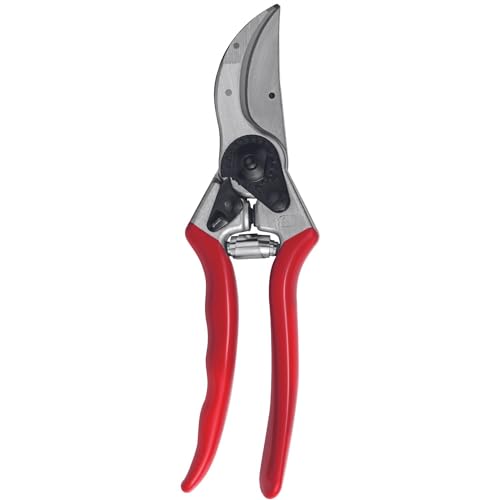
I used Felco pruning shears for the majority of my professional gardening career and still have a trusty pair of Felcos that I use at home to this day. Felco pruning shears are high-quality, dependable, and comfortable to use. The shears can last for many years when cared for properly and, even if anything does go wrong, all parts are replaceable.
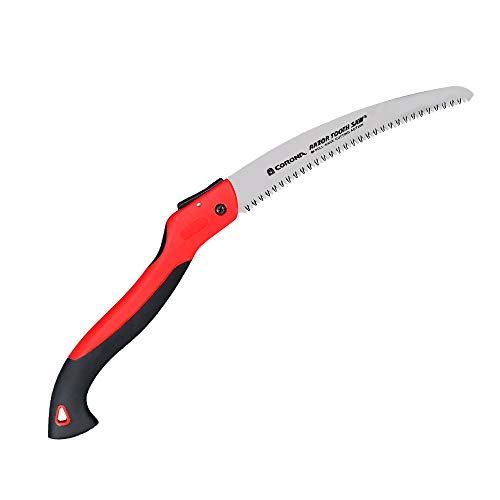
A pruning saw is essential for tree pruning and offers an ideal solution for pruning tree branches that are too large for other pruners or loppers. This pruning saw has a 10" blade for cutting branches up to 5-6" in diameter and the curved blade is ideal for getting into small spaces between tree branches or the trunk.
1. Beech
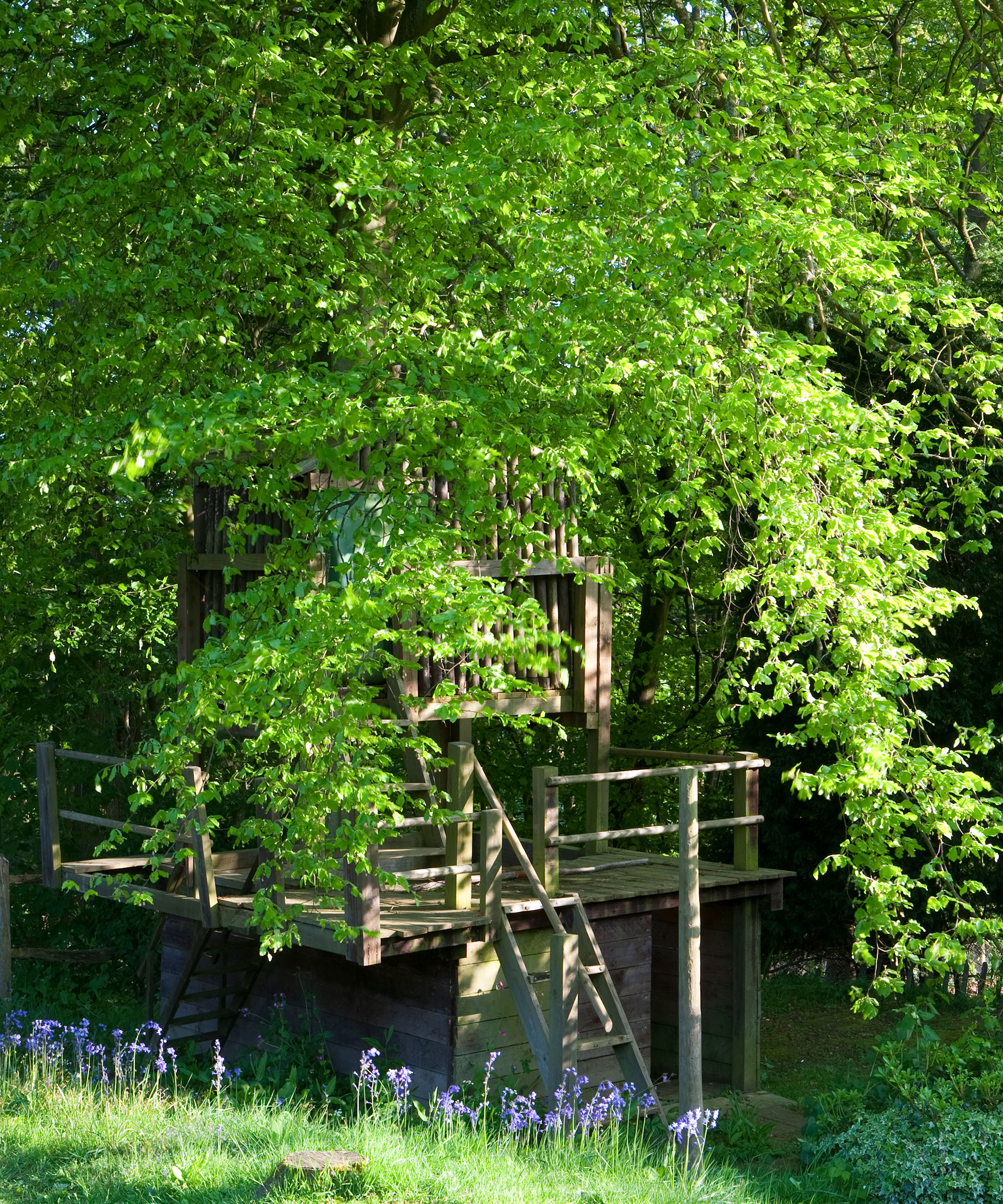
Beech trees can grow up to one feet per year
Beech is a classic British tree that is long-lived and popular as specimen trees or as a hedging plant to create a privacy hedge around a garden.
They do not require regular pruning once established. The aim tends to often be keeping them to a manageable size - as beeches can reach over 100 feet in height if left to their own devices - as well as removing the 3 Ds: dead, damaged, and diseased branches.
Beech trees can be pruned from late winter to early spring. Prune before they start growing again, as the trees can bleed sap from pruning cuts that leave them vulnerable to diseases. If your beech tree has reached a great height, then always get a qualified and experienced person in to prune - this helps ensure your safety and the health of the tree.
2. Hazel
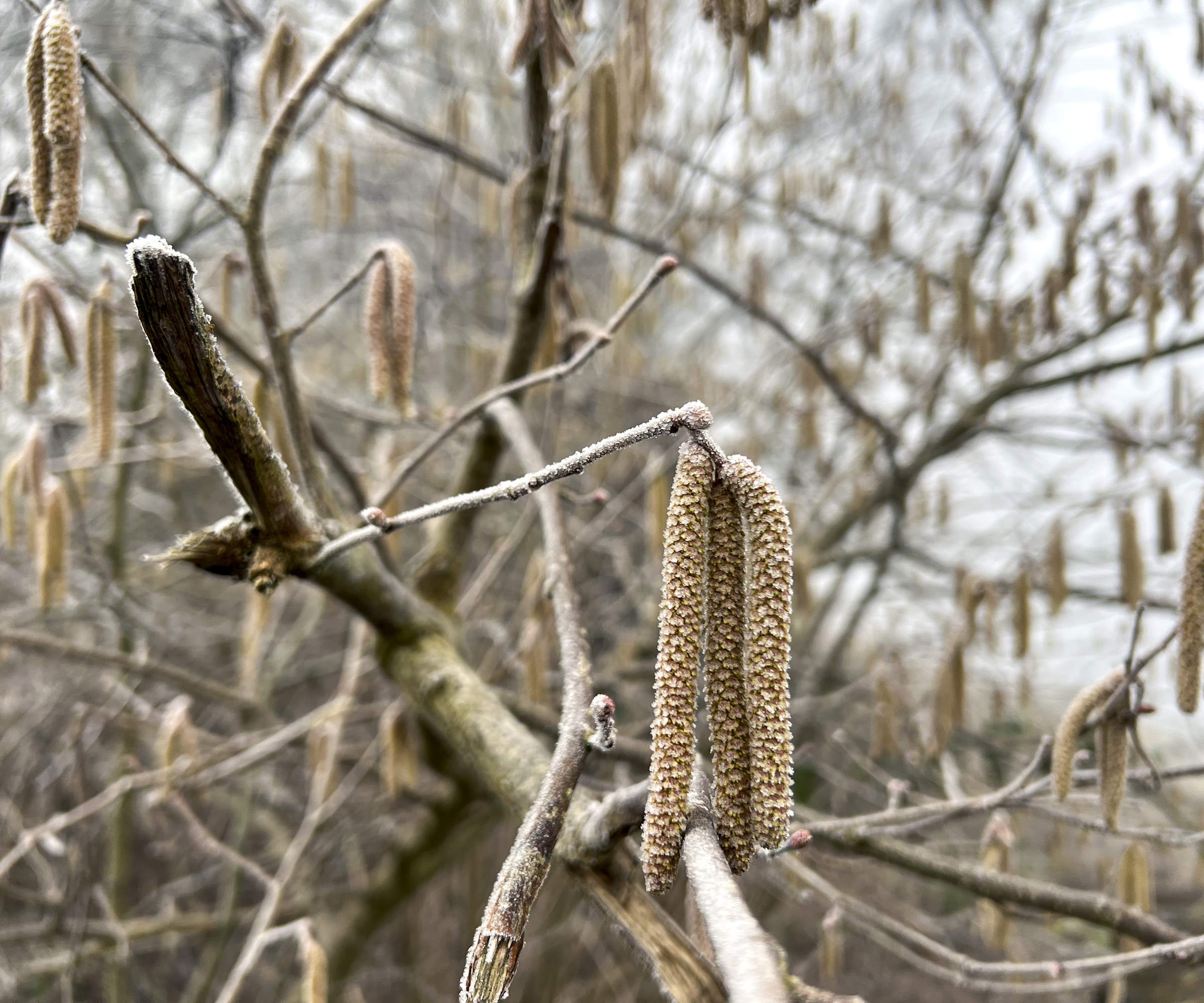
Hazel trees produce catkins - which are the male flowers
Hazel is a deciduous tree that can grow very large and live for a long time, while it can also be a great hedge for wildlife.
Hazel is commonly coppiced or pollarded every 3-5 years, and this hard pruning will promote the bushy growth of vigorous and colorful stems. The tree’s stems can be cut all the way back to ground level in winter with a pruning saw - once the tree hits at least three years old.
This historic treatment of hazel can be used successfully to rejuvenate older plants and create a feature in the garden, while the coppiced stems can also be sustainably used for weaving or to create supports for other plants.
3. Apple
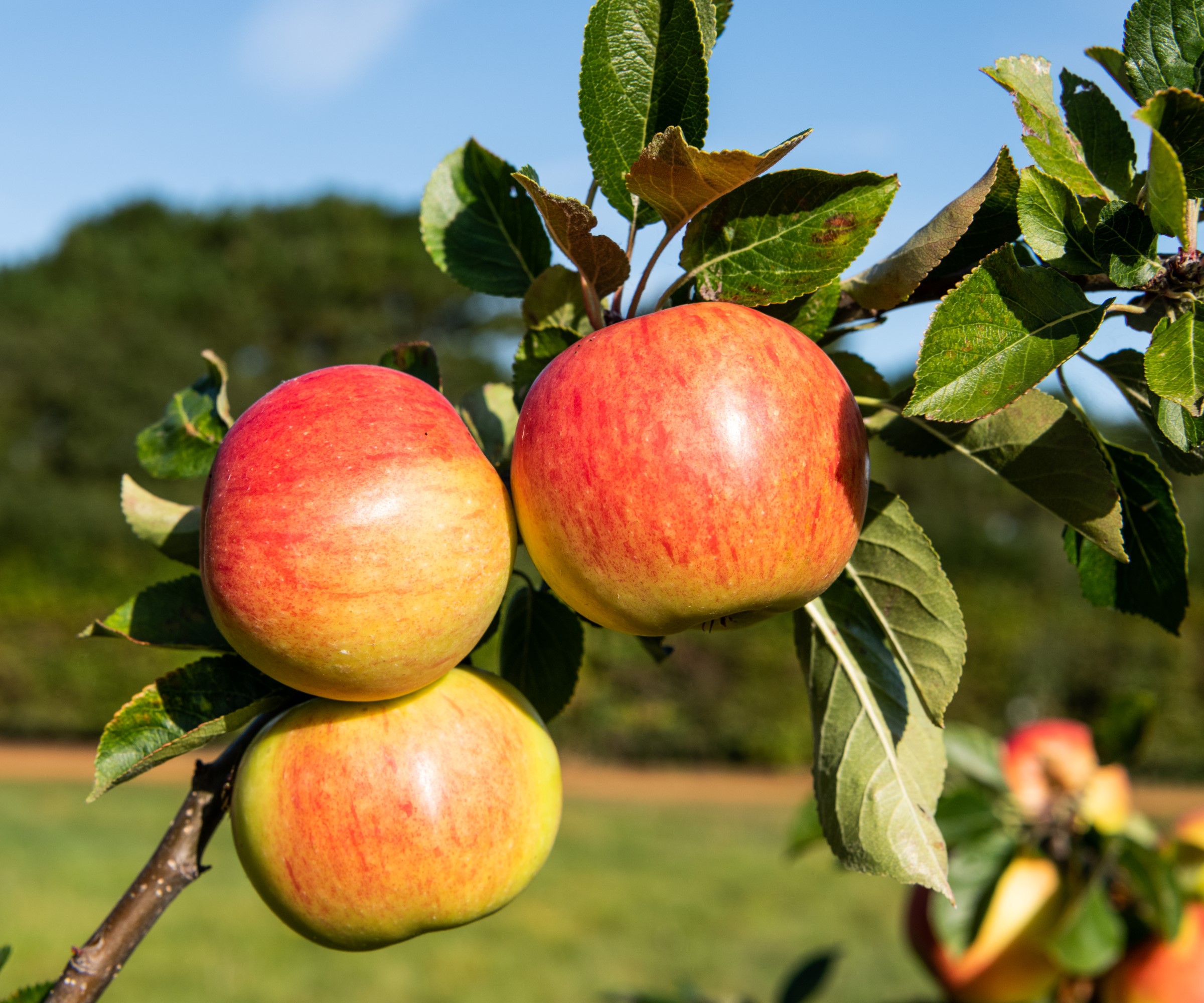
Apple trees are either spur-bearers or tip-bearers, depending on where they produce fruit
Apple trees can be pruned through winter when they are dormant, this remains the same whether they are being grown as specimen trees, either individually or in an orchard, or trained forms as espalier apple trees.
Pruning in winter helps to create an open and manageable shape, while also ensuring that apples are available to harvest within reach. Avoid heavy pruning and adhere to the one-third pruning rule to never remove more than one-third of the total wood from the tree in one go - this can affect how the tree responds to pruning and potentially harms the overall health of the apple tree.
4. Pear
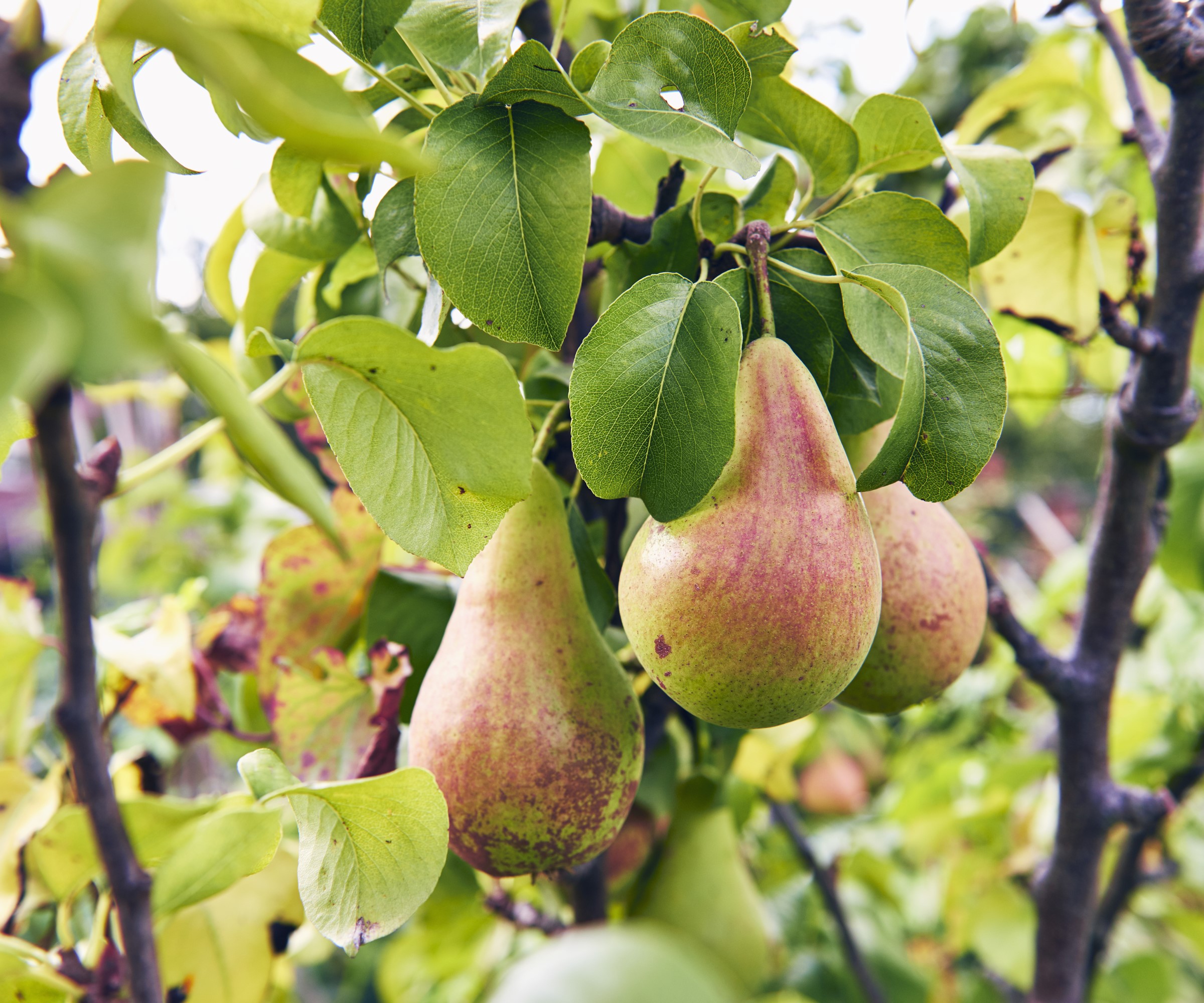
Pear trees benefit from an annual pruning to keep them highly-productive
The time to prune pear trees is the same as apple trees - they can be done anytime during dormancy from November onwards through to early spring. If you have not pruned your pear trees yet, then January offers a great opportunity to do this rewarding task.
Annual pruning can remove weak or congested branches and give trees an open centre, which can help promote a great harvest of pears each year. Pear trees also commonly grow an abundance of spurs, which benefit from being thinned each winter.
5. Willow
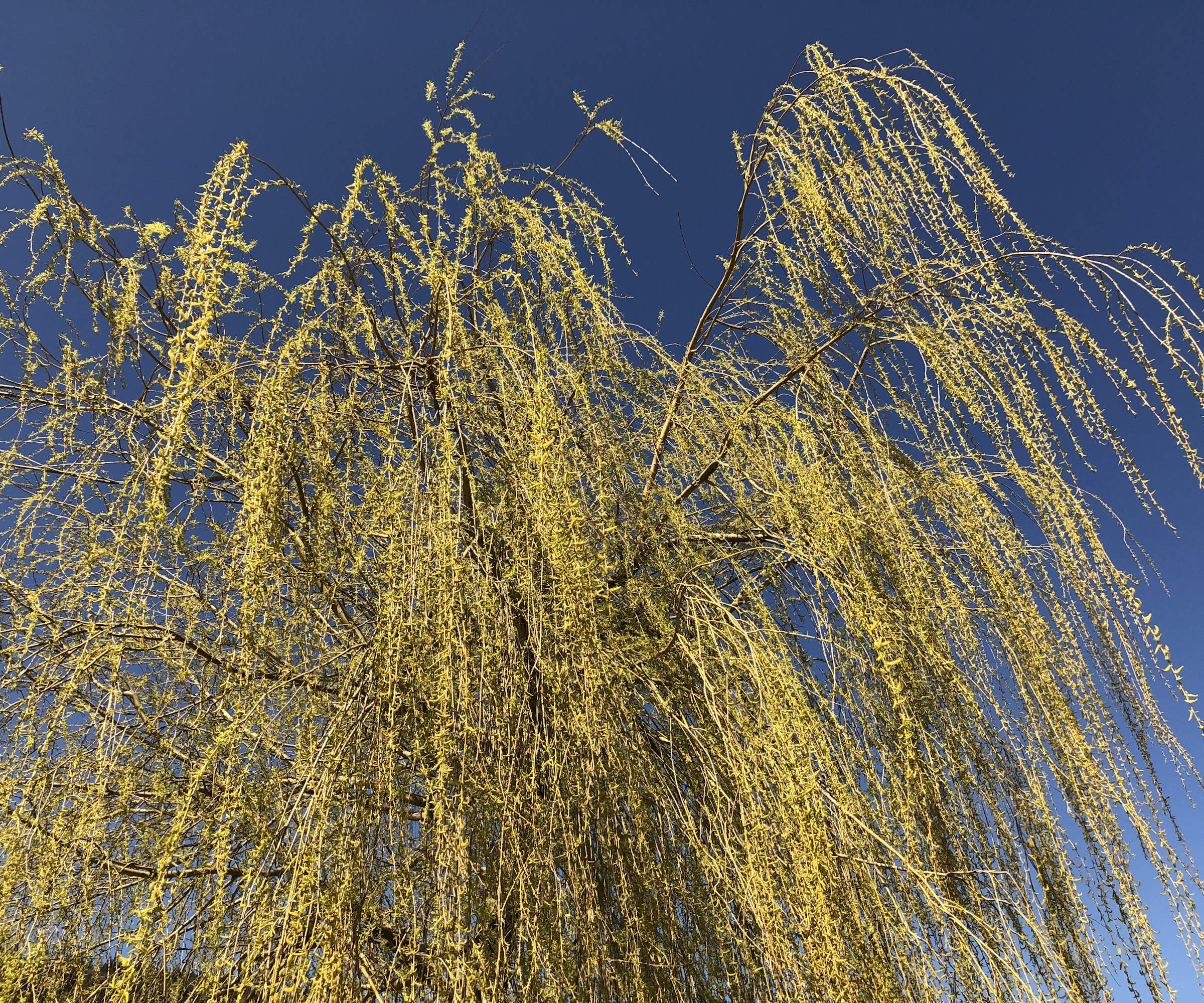
Weeping willows are one of the most-loved types of Salix
There are hundreds of different species of willow tree and they are very versatile. Salix can be a great tree for shade, and also makes a fantastic statement tree for backyards. The weeping willow is potentially the most popular and well-known and, like all types of willow, they are best pruned in winter when they have dropped their foliage, and before they start growing in spring.
Willows tend to require shaping and formative pruning in their early years to get the form you want. Once established, they require little trimming apart from identifying and removing broken, rubbing, or congested branches each winter.
Weeping forms of willow may also benefit from the removal of lower branches to maintain the right amount of space underneath, and to enjoy a spot of shade during the summer days.
6. Katsura
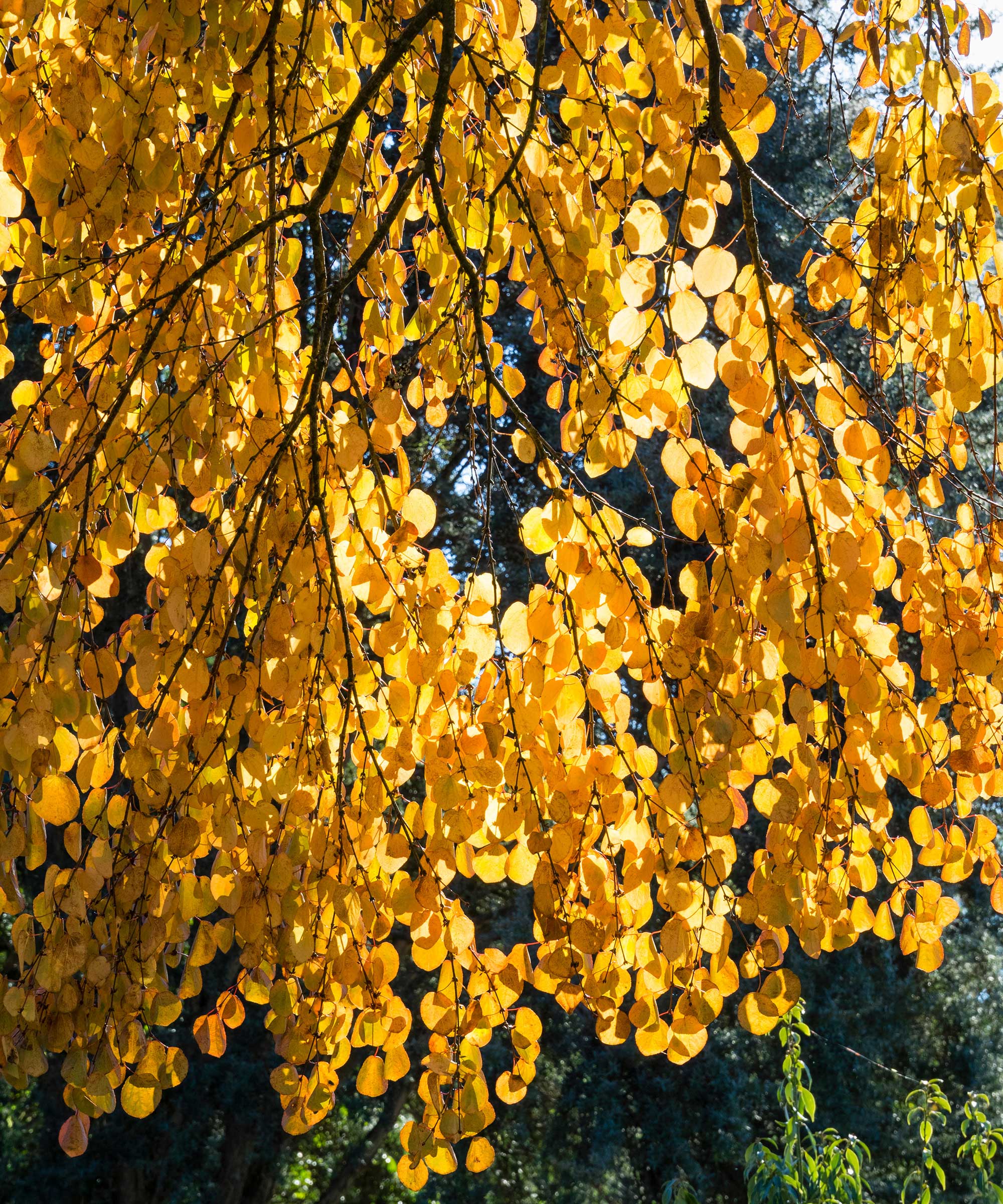
Katsura trees are also known as caramel trees, due to their scent
A katsura tree is a popular fall plant for privacy as its foliage turns a glorious color in the fall and emits a scent reminiscent of caramel.
Katsura trees are deciduous and come in various sizes, including dwarf types that can be suitable for small backyard ideas. They do not need lots of pruning but will benefit from regular removal of dead, diseased, and damaged wood as identified, along with the trimming of crossing or crowded areas of branches every few years.
Any pruning to control the shape and form is best done when dormant in winter or early spring. Leave it too late and katsura is another tree that will bleed sap, which can weaken the tree or attract pests that can potentially carry diseases.
7. Crabapple
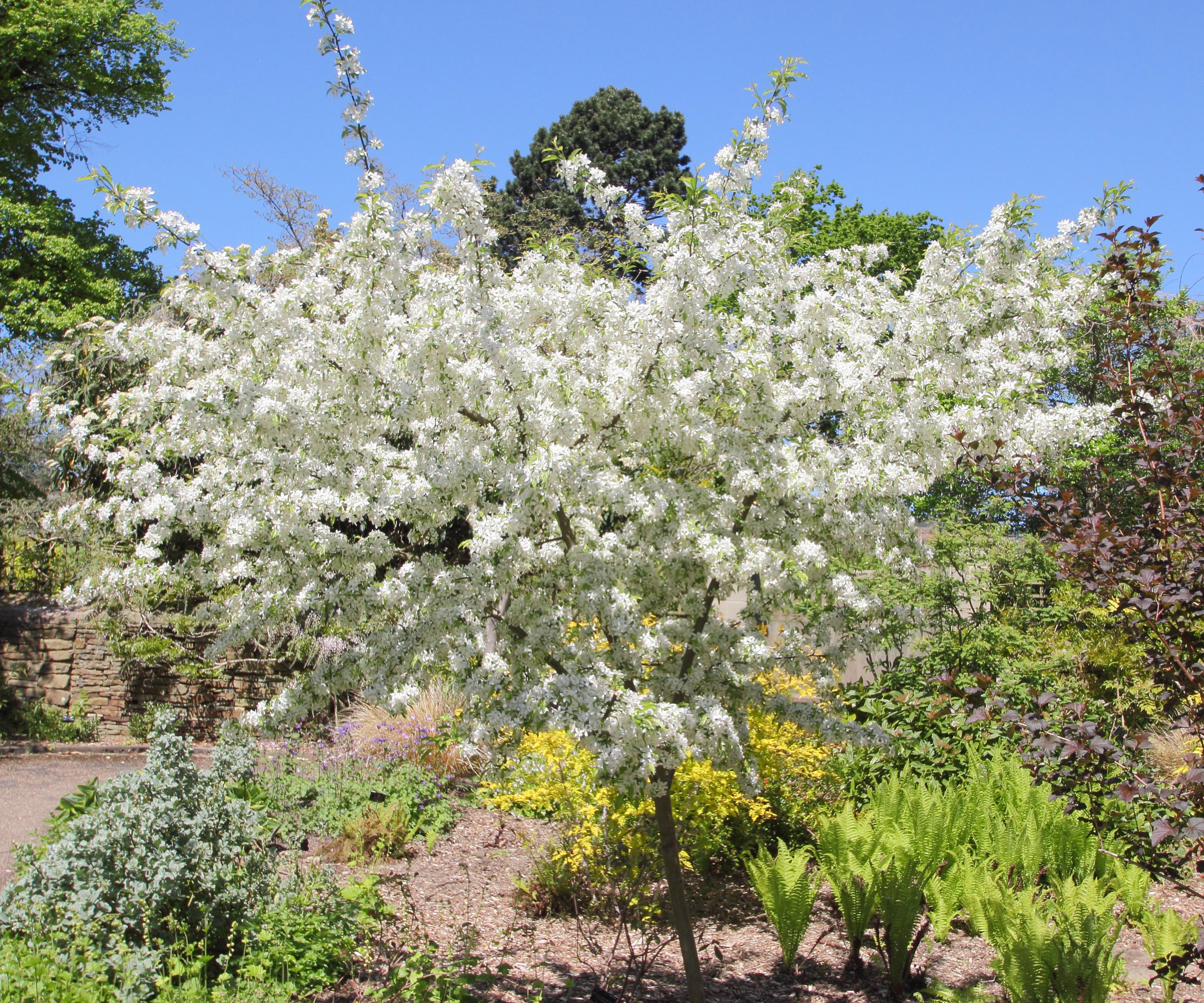
Crabapple trees come in many different forms and colors
Crabapple trees are really low maintenance trees for your backyard ideas and do not require lots of regular pruning. These tough and reliable plants are great trees for small gardens and they want to be pruned before the new leaves for the year have started developing. In areas with milder winters, they can be pruned from late-January onwards once the worst of the winter weather has passed.
One priority with crabapple pruning is to remove congested branches to open up the air circulation through the tree - which is key to preventing diseases - as well as removing water sprouts and suckers.
The former grow profusely in the angle between branches, while suckers develop at the base of the tree - and both should be removed as they divert precious energy away from the rest of the tree.
8. Oak

Oak trees are famed for their lobed leaves and acorns
There are around five hundred varieties of oak trees around the world. They range from small to large trees that can bring beauty and color to a backyard and the two main types are red and white oaks.
Whether you plant bare root trees or grow an oak tree from an acorn, you don’t prune oaks until they are established - at least three years after planting a young oak into the garden.
From that point on they only need minor pruning to remove dead, diseased, and damaged branches, along with crossing branches and any growing straight upwards.
The best time to prune oaks is during their winter dormancy as there are fewer bugs around to spread disease and fungal spores that can get into pruning wounds.
FAQs
Can you prune trees in freezing weather?
Mature trees can cope with being pruned during periods of frosts, however it is best to wait until the worst of winter has passed before trimming if you live in a cold climate. Extreme cold and hard frosts can harm trees and also potentially make it more unsafe to prune - so it is not worth the risk. Younger trees are best pruned in late winter or early spring, once the danger of hard frosts has passed and before they start growing again.
Pruning trees is an important maintenance job, but one that should always be done with care and attention. It is recommended to not rush the task and take it steady, as incorrect pruning is a tree growing mistake that can impact blooming and fruiting and leave the tree susceptible to diseases.
Sign up to the Homes & Gardens newsletter
Design expertise in your inbox – from inspiring decorating ideas and beautiful celebrity homes to practical gardening advice and shopping round-ups.

Drew’s passion for gardening started with growing vegetables and salad in raised beds in a small urban terrace garden. He has worked as a professional gardener in historic gardens and specialises in growing vegetables, fruit, herbs, and cut flowers as a kitchen gardener. That passion for growing extends to being an allotmenteer, garden blogger, and producing how-to gardening guides for websites. Drew was shortlisted for the New Talent of the Year award at the 2023 Garden Media Guild Awards.
You must confirm your public display name before commenting
Please logout and then login again, you will then be prompted to enter your display name.
-
 The great bedding debate: top sheet vs no top sheet − which side are you on?
The great bedding debate: top sheet vs no top sheet − which side are you on?I asked an expert panel of bedding designers whether you really need a top sheet to keep clean and cool or if it's just another ploy to make you spend money
By Emilia Hitching Published
-
 Thoughtful modernism – how one Dallas home makes bold contemporary design feel warm, welcoming, and comfortable
Thoughtful modernism – how one Dallas home makes bold contemporary design feel warm, welcoming, and comfortableWith its mix of textural finishes and carefully curated furnishings, this modernist home is a refreshing retreat
By Karen Darlow Published